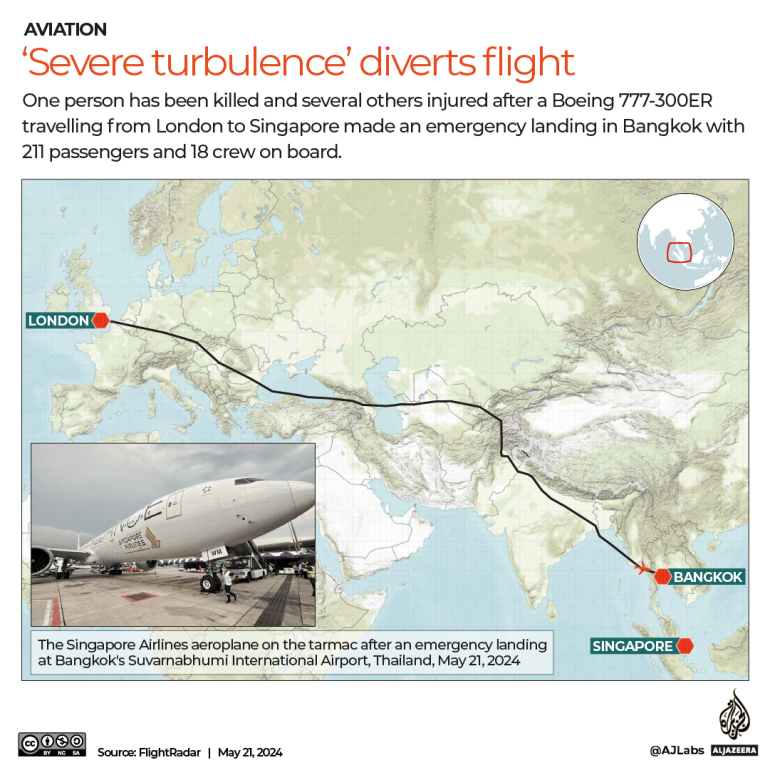Shockingly, one country is responsible for more than half of Asia’s total plastic manufacturing contribution.
Asia accounts for more than half of the plastic manufactured in the world for the year 2018, according to the data from Plastics Europe.
Highlights
Globally, Plastics Europe estimates that 359 million tonnes of plastic were produced in 2018. This is a considerable increase from 348 million tonnes recorded in 2017.
51% of the millions of tonnes of plastic produced in 2018 comes from Asia. A whopping 30% of the 51% total comes from China alone, making it the country with the highest share in plastic manufacturing.
Last January, China announced their plan to cut their production and use of plastics. By imposing a ban on single-use plastics, they aim to reduce the intensity of consumption by 30 percent by the year 2025.
Apart from China, Japan is another nation where a significant amount of production can be traced back. It was responsible for 4% of the global plastic production in 2018.
This means that Japan’s contribution was only about equal to the contribution of the entire Latin America (also at 4%). It even surpassed the collective share of the nine countries of the Commonwealth of Independent States (CIS) which amounted to 3%.
To alleviate this, the Japanese government proposed a plan in 2018 to reduce plastic waste. In the succeeding year, this became among the national government’s top priorities, imposing mandatory fees on plastic bags and prompting businesses to make changes in their operations.
Following Asia is the region covered by the North American Free Trade Agreement (NAFTA) — U.S., Canada, and Mexico — accounting for 18% of the total plastic production. Coming in at a close third is Europe at 17%.
While NAFTA is only second to Asia in terms of the percentage contribution, the region recorded the highest plastic production per capita. Following NAFTA is Japan, Europe, China, and the rest of Asia.
The battle against plastics
According to the data from the United Nations, around 66% of the countries in the world already have some form of ban or restriction on the distribution and use of plastics as of July 2018.
Apart from the imposition of bans, addressing the massive amount of plastic already polluting the oceans is another concern that must be addressed.
Right now, the Great Pacific Garbage Patch, an aggregation of plastic waste twice the size of Texas is already floating on our waters. No matter how strict our plastic bans could get in the future, it cannot eliminate this huge mass of plastic.
Plastics Europe noted that even in the end of their lives, plastic materials can be useful for the creation of new materials and even for the production of energy once they have been recovered in facilities.
To eliminate the already-existing plastic pollution in our planet, more attention should also be given on plastic recovery as well as the innovation of processes that can efficiently recycle non-biodegradable plastic.










